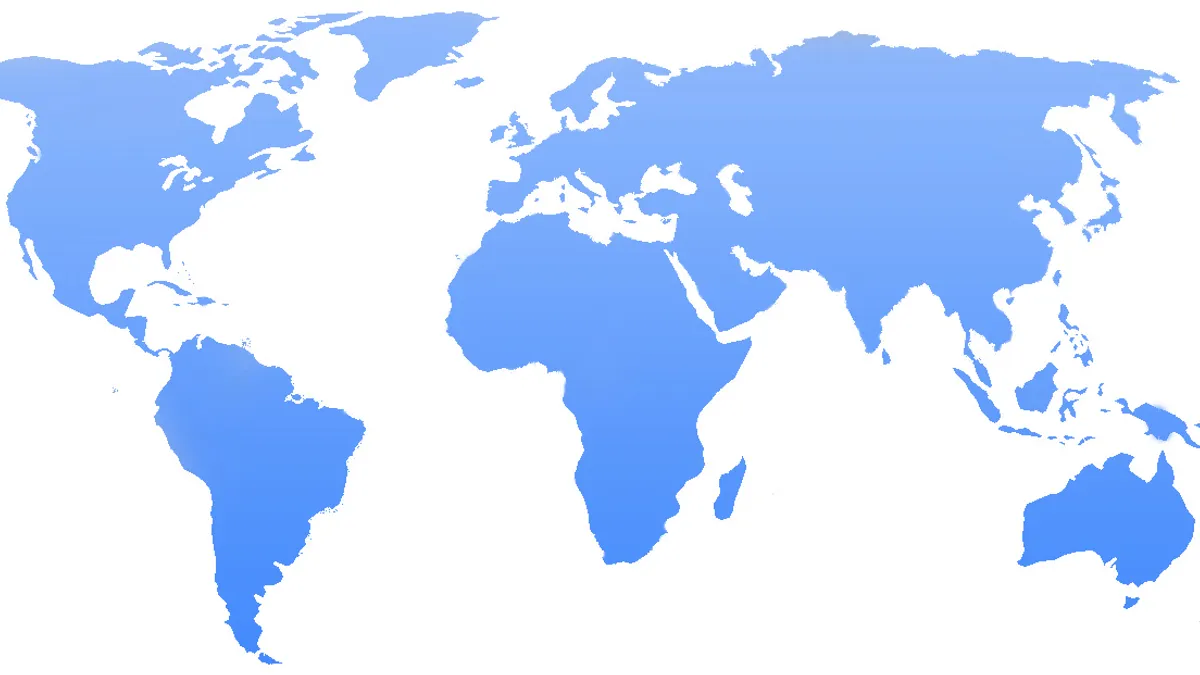The smoothness of your expansion into another country can be determined by something as simple as the enterprise resource planning (ERP) system your new affiliate adopts, finance leaders said in a CFO.com webinar on the CFO’s role in global expansion strategies.
Your foreign affiliate may be tempted to use the system it's comfortable using, but because you’re ultimately responsible for meeting tax rules and regulatory requirements, among other things, it's risky if the two entities aren’t recording and tracking data in the same way.
“The last thing we want to do is take some worksheets and consolidate to our external reporting and create a risk for our company,” said Anju Nagpal, senior director of functional finance and control for Biogen, the global neuroscience company whose business lines include treatments for Multiple Sclerosis and Alzheimer's. “We [have to be] tax compliant … then we have to be trade compliant. [We have to conduct] valuation of the product going into that market.”
“It’s painful, and it takes time to put [a single ERP] in place as you grow, or as you acquire, but you have to stick with one, ideally,” said Ashish Gandhi, CFO of global fiber optic manufacturing company OFS. “The hidden cost of not having good information systems can be tremendous.”
One affiliate of a foreign partner Gandhi’s company wanted to work with turned out to have the same name as a company on the sanctions list maintained by the U.S. Department of Commerce. Had the companies been using the same ERP, the likelihood of getting tripped up by that would have been reduced.
"The banks won't wire money, DHL won’t drop products, so we spent two months trying to clear that name off the Commerce Department just because it shared the name with some other company that was on that list,” said Gandhi. “And anti-bribery: those kind of things have to be reinforced …. You have to watch out for friend and family hiring. That happens sometimes.”
These kinds of risk go beyond just having compatible ERP systems, but that is a first step to ensuring you can stay on top of all the pieces in play when you’re setting up operations in a new country.
Aiding compatibility
Another way to increase compatibility is for the new affiliate to use shared services, either fully or in part.
“Most people don’t want to work for the shared services model, but if that’s your company’s mission, one has to enforce that,” said Anju. “In the beginning, it may not be feasible, but ... you’ll integrate this affiliate with the services model, too.”
Separate or regional operating bases are another factor. “Let’s say you have Australia, New Zealand, and for that region finance is supported out of one place versus having separate centers for each,” Anju said. “Or, if you’re in Asia, you want to have these kinds of resourcing conversations: can it be done centrally from the United States, or for a region, or country-by-country?”
Anju said the treasury function tends to be centralized, but planning and business support tends to work best on a regional basis. “So, these kinds of decisions have to be made for every function. Do you need regulatory expertise, or can that be managed centrally?”
If you’re in manufacturing, you want to build in redundancy to prevent disruption from factors you might have trouble foreseeing because you haven’t yet built a track record with your partners.
“We started a two-plus-one strategy for our most critical vendors,” said Gandhi. “So, we always have two vendors and a back-up. Not only does that ensure no disruption, but if one vendor comes back with a price increase, you can quickly shift to vendor 2 or vendor 3. So, for all our products and raw materials, we have at least two if not three vendors.”
Having multiple vendors on board also gives Gandhi’s company leverage when it comes to plant use. “Sometimes it makes more sense to put in a number of smaller plants in operation but sometimes the indirect support costs of putting in smaller plants can be very high,” he said. “Sometimes with a larger plant, you have the flexibility to move the work from product line A to product line C as conditions are changing.”
Gandhi said it’s incumbent on finance chiefs to get out of the office and familiarize themselves with operations firsthand.
Global inroads
In an informal poll taken among attendees of the webinar, almost a fifth of the finance professionals said their company pushed into a global market last year, 10% plan to do so this year, and almost a third said they’re looking at a global push.
Gandhi's OFS has no immediate plans for a new global push.
“We’re just in the process of completing a massive investment, so we’re basically trying to stabilize our investments and do what we said we would do,” he said. “But, also looking at the long term … we will see if we can make some key raw materials by ourselves.”
Biogen is in the middle of a three-year plan that includes expansion to new countries.
“We have identified countries we’re going to go to,” she said. “After that, based on our product mix, there may be another project kicked off. To evaluate, are we in the right countries or do we need to go to different regions?”
If your organization is considering global moves, your odds of a smooth process are best if you and your affiliate use the same ERP, use shared services, and have a back-up ready as you get better acquainted with your new partners.
"The Role of the CFO in Planning for Global Growth" is sponsored by Argyle and Globalization Partners.




















